Triathlon besteht wie oben schon erwähnt aus Schwimmen, Radfahren und Laufen. Das sind Sportarten, welche viele oder die meisten Menschen (zumindest in unseren Breitengraden) zumindest in Ansätzen beherrschen. Wer nun die Kombination aus diesen Ausdauersportarten in einem Wettkampf durchführen will, der sollte auch mehr oder weniger regelmäßig genau diese Sportarten auch trainieren.
Um Fortschritte machen zu können, sind für die meisten Menschen ein paar Einheiten in jeder Sportart pro Woche notwendig. Wer sich zum Beispiel für einen Volkstriathlon angemeldet hat, bei dem die Strecken standardmäßig 750 m Schwimmen, 20 km Radfahren und 5 km Laufen betragen, der sollte sich im Vorfeld auch entsprechend vorbereiten.
Wechselzone beim Triathlon – hier: T2 mit dem Wechsel vom Radfahren auf das Laufen
Das müssen keine stundenlangen Einheiten sein – 2 mal 30 min Schwimmen pro Woche können schon sehr viel weiterhelfen. Um die erste Disziplin gut zu überstehen und auch noch genügend „Sprit im Tank“ für die zwei weiteren Disziplinen zu haben, sollte man mind. 1000 m ohne Problem durchschwimmen können – egal, ob man dabei krault oder brustschwimmt.
Wer noch nicht Kraulen kann oder sich sonst unsicher im Wasser fühlt, der sollte über einen organisierten Schwimmkurs nachdenken.
Das Radfahren wird für viele angehende Triathleten vermutlich am einfachsten sein. Fast jede(r) hat einen Drahtesel zuhause rumstehen und diese Sportart lässt sich für die meisten Athleten auch sehr gut in den Alltag integrieren. Statt mit dem Auto zum Bäcker oder zur Arbeit zu fahren, kann man 1-2 mal die Woche einfach radeln, und schon hat man die nötigen Trainingskilometer absolviert.
Und auch das Laufen kann in den Alltag integriert werden – selbst ausgedehnte Spaziergänge am Wochenende können zumindest am Anfang durchaus weiterhelfen, um Fortschritte in der dritten Disziplin zu machen. Gerade beim Laufen sollte man am Anfang drauf achten, nicht zu viel zu schnell zu wollen.
Steigere Deine Trainingsumfänge um maximal ca. 10% und mach auch gerne Gehpausen, wenn Du noch nicht mehrere Kilometer am Stück durchjoggen / durchlaufen kannst.
Lies hier mehr über unsere Tipps für Laufanfänger.
Versuche das Training so gut wie möglich in Deinen Alltag zu integrieren! Der Triathlonsport ist gerade für längere Distanzen oftmals durchaus zeitintensiv, und es braucht normalerweise eine gewisse Zeit, bis man sich an die Trainingsumfänge gewöhnt hat und die verschiedenen Lebensbereiche wie Arbeit, Familie / Partnerschaft, Freunde, Triathlon und weitere Hobbies aufeinander harmonisch abgestimmt hat.
2.) Achte auf deine gesundheit!
Ich kenne mittlerweile einige Triathleten, die in kürzester Zeit von „zero to hero“ gehen wollten (und oftmals kläglich damit gescheitert sind). Ich selber habe mir nach meinem ersten Volkstriathlon 2011 fast noch weitere vier Jahre Zeit gelassen, bis ich beim Ironman Melbourne 2015 dann an den ersten Langdistanz-Start gegangen bin. Und ehrlich gesagt, wäre auch noch ein weiteres Jahr Training davor nicht schlecht gewesen!
Das intensive Trainieren kann gerade am Anfang zu Verletzungen führen (Stichwort: Übertraining!). Je nach sportlichem Hintergrund, müssen verschiedenste Muskeln überhaupt erst aus- und weitergebildet werden, Sehnen, Stoffwechsel, Herz-Kreislauf-System, Ernährung und die insgesamte Leistungsfähigkeit ändern sich über einen längeren Zeitraum und nicht über wenige Tage.
Lass Dich selbst vor einer Volksdistanz / Sprintdistanz gerne von einem Arzt durchchecken, bevor Du voll ins Training einsteigst!

Vergiss bitte auch nicht, dass mehr Training auch durch deutlich mehr Schlaf / Ruhephasen kompensiert werden sollte. Wenn Du Dich dauerhaft körperlich verausgabst und auf Schlaf verzichtest, nur um „noch schnell“ einen 10-15 km Lauf oder eine Schwimmeinheit am Morgen vor der Arbeit einbauen zu können, dann kann der Schuss langfristig auch nach hinten losgehen!
Die meisten Menschen brauchen erwiesenermaßen ca. 7-8 Stunden Schlaf pro Tag / Nacht, und Triathleten brauchen bei „normalen“ Trainingswochen von im Durschnitt ca. 10-12 Stunden Training deutlich mehr Schlaf, um sich von den teilweise sehr intensiven und langen Einheiten ausreichend erholen zu können. Profis können es sich z.B. auch herausnehmen, über den Tag mal einen „Power-Nap“ einzulegen, wohingegen vollangestellte Hobbytriathleten diesen Luxus meist nicht haben.
3.) Suche dir trainingspartner oder schliesse dich einem verein an
Triathleten sind oftmals Individualisten, aber ich kenne keinen Triathleten, der um eine „gemeinsame Trainingseinheit“ zwischendurch traurig wäre. Gerade beim Schwimmen, das für viele Triathleten die schwierigste Sportart ist, würde der Eintritt in einen Schwimmverein Sinn machen. Die „drills“ und Übungen, welche im Schwimmverein oder Schwimmkurs absolviert werden, machen in der Gruppe nicht nur mehr Spaß, sondern werden dann oftmals auch deutlich schneller und sauberer geschwommen als wenn man alleine trainiert.
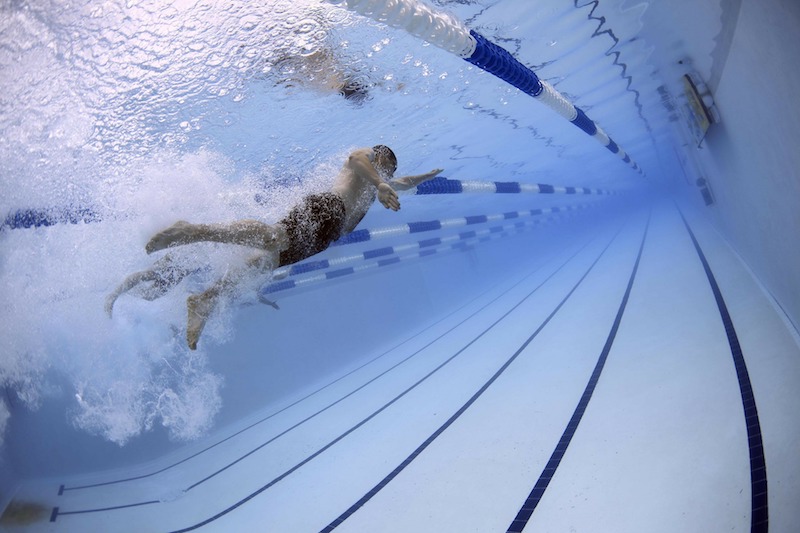
Das klassische „Kachelnzählen“ im Schwimmbad kann schon mal recht monoton werden, wenn man ständig alleine trainiert
Wenn Du einen Freund oder Bekannten hast, der TriahtletIn ist oder zumindest Erfahrung im Laufen und / oder Radfahren hat, dann hole Dir unbedingt ein paar Tipps. Fast jeder Athlet hat unterschiedliche Trainingsmethoden, und kein Trainingsplan ist für jeden Menschen gleich gut geeignet, um gesteckte Ziele zu erreichen.
4.) Setze dir realistische ziele!
Wenn Du bisher ein echter Sportmuffel warst, dann wird der „Finish“ beim Ironman noch in sehr weitere Ferne liegen. Es stellt sich dann die Frage, ob das „Ziel Ironman“ dann das „richtige Ziel“ ist oder ob man sich eben nicht doch eher zunächst einmal eine Volksdistanz oder auch schon eine olympische Distanz vornimmt.
Der Ironman Hawaii kann dabei durchaus eine echte Inspirationsquelle sein, und für viele Amateuere und Profis geht ein sehr großer Zauber vom „Mythos Hawaii“ aus. Doch die wenigsten Triathleten haben mit einer vollen Langdistanz ihre „Karriere“ gestartet, sondern haben meist relativ klein angefangen.
Das muss noch nicht einmal ein Volkstriathlon sein sondern kann auch einfach mal ein 3 km Walk oder ein 5 km Volkslauf sein, so wie sie in fast jeder Kleinstadt irgendwann einmal abgehalten werden.
Die Wettkampferfahrung ist meiner Meinung nach immens wichtig, und dazu gehört auch, dass man sich realistische Zwischenziele setzt.

Der Weg zum großen Ziel ist vielleicht noch wichtiger als das Ziel an sich!
Wenn Du z.B. schon 3-5 km am Stück und ohne Gehpause laufen kannst (dann gehörst Du übrigens schon zu einer Minderheit weltweit), könnte das nächste Ziel lauten, eine bestimmte Bestzeit für die 5 km Strecke anzuvisieren. Auch ein 10 km Lauf würde als nächstes naheliegendes Ziel durchaus Sinn machen, das Laufen eines Marathons über 42,195 km dagegen eher weniger.
Arbeite Dich auch beim Triathlon step by step nach oben: Nach einigen Sprintdistanzen und olympischen Distanzen wäre der nächste Schritt eine Mitteldistanz. Die Traininingsumfänge steigen dabei für die meisten Hobbyathleten ziemlich signifikant – es sei denn, dass man schon für die kürzeren Distanzen recht zeitintensiv trainiert hat (also z.B. 10 Stunden und mehr pro Woche).
Selbstverständlich gibt es auch Triathleten, die einfach nur das Ziel haben, einen Ironman zu finishen, und auch keine anderen Wettkämpfe davor machen wollen. Das ist ja auch nicht verboten, doch empfehlenswert ist es meiner Meinung nach für die meisten Menschen nicht.
5.) Trainiere nach einem trainingsplan
Für die meisten Triathleten ist es wichtig, sich permanent zu verbessern. Um sich zu verbessern, muss man aber auch einen Plan haben. Klar könnte man auch einfach jede Einheit länger und schneller machen als die vorherige, aber sonderlich schlau ist das nicht.
Als Allererstes sollte man sein Training dokumentieren. Das kann – wie bei mir über Jahre geschehen – ganz einfach mithilfe einer Excel-Tabelle erfolgen. Mittlerweile bin ich aber fast komplett auf Online-Softwares wie Strava, TrainingPeaks und Garmin Connect umgestiegen.
Dadurch werden die Trainingseinheiten vergleichbar und man kann eine Entwicklung nachvollziehen. Im Internet gibt es sehr viele verschiedene Trainingstipps und auch Trainingspläne für die verschiedensten Distanzen. Diese können mehr oder weniger passen, und auch ich habe jahrelang mithilfe von Trainingsplänen trainiert, die ich im Internet und in Büchern gefunden habe.
Für ambitioniertere Triathleten macht es häufig Sinn, sich einen externen Triathlon-Coach zu nehmen. Gleichzeitig gibt es aber auch Profis, die sich jahrelang selber coachen und sich eigene Trainingspläne schreiben.
Eines ist jedoch fast allen Triathleten gemeinsam: Sie trainieren nach Plan!
6.) Trainiere auch die wechsel
Mit Wechsel meine ich dabei nicht nur die Wechsel in T1 und T2, also vom Schwimmen zum Radfahren und dann vom Radfahren auf das Laufen in den jeweiligen Wechselzonen, sondern vor allem auch das Brückentraining / Koppeltraining. Gerade beim Wechsel vom längeren Radfahren auf die Laufstrecke kann es schonmal länger dauern, bis es „rund läuft“.
Wer sich auf die olympische Distanz oder gar eine Mitteldistanz vorbereitet, der sollte zeitig anfangen, solche Brücken-Trainingseinheiten mit in den Trainingsplan einzubauen. Eine mögliche Kombination könnten 40 km Radfahren gefolgt von 10-20 min Laufen sein.
Wer auf eine Langdistanz trainiert, der sollte spätestens 12-16 Wochen vorher mind. einmal wöchentlich eine solche Einheit mit einbauen – ich mache dann teilweise 90 – 120 km Radfahren und 30 – 60 min Laufen draus, davon auch ein paar Kilometer etwas schneller.
Vor meinem ersten Ironman war es sogar mal eine „Monster-Session“ über 3 km Schwimmen – 150 km Radfahren – 30 km Laufen ein paar Wochen vor dem eigentlichen Rennen. Über den Sinn und Unsinn einer solch langen Einheit lässt sich natürlich trefflich streiten. Mir hat es allerdings vor allem mental sehr geholfen zu wissen, dass ich gut drei Viertel der Distanzen zumindest im Training überstehe.
7.) Vergiss die ernährung nicht
Gerade bei längeren Triathlons wird auch das Thema Ernährung eine wichtige Rolle spielen. Jeder Mensch hat hier unterschiedliche Bedürfnisse, und es ist wichtig, auch im Training schon die Nahrungs- und Flüssigkeitsaufnahme zu testen. Ich persönlich vertrage zum Beispiel die Power-Riegel bestimmter Marken überhaupt nicht und greife bei der Langdistanz am liebsten zu Bananen.
Auch das Thema Ernährung sollte beim Triathlontraining nicht unterschätzt werden
Bei Olympischer Distanz und Ironman 70.3. / Challenge Half und weiteren Mitteldistanzen nehme ich maximal Gels und nichts Festes zu mir. Dabei muss ich ehrlich gestehen, dass ich vor allem auf der Langdistanz immer noch nicht den „richtigen Mix“ für mich gefunden habe – insbesondere in den Tropen kommt der erhöhte Salzverlust noch erschwerend hinzu, der z.B. durch „salt sticks“, „hot shot“ und weitere Produkte ausgeglichen werden kann / sollte.
Vielleicht noch eine kurze Bemerkung:
Glaubt nicht blind irgendwelchen Tipps – auch nicht unseren!
Stellt auch durchaus „Pasta-Parties“ und weiteres Carboloading in Frage und den ganzen Hype um zuckerhaltige isotonische Getränke. Es gibt durchaus erfolgreiche Triathleten wie z.B. den sechsfachen Ironman Hawaii Weltmeister Dave Scott, der selber auf die ketogene (und damit sehr kohlenhydratarme) Ernährung schwört. Ebenso gibt es andere Athleten, die überhaupt nicht mit den neuesten Trends wie ketogener Ernährung anfangen können und auch die Medizin und Wissenschaft sind sich aktuell etwas uneinig.
8.) Ergänze deine triathlon-ausrüstung mit der zeit
Wenn Du kurz vor Deinem ersten Triathlon stehst, dann solltest Du nicht übermäßig viele Gedanken an die schnellsten Carbon-TT-Bikes, ultradünne Neoprenanzüge, suptertolle Gadgets und den allergeilsten Tri-Suit verschwenden. Am Ende des Tages ist es vor allem am Anfang Deiner „Triathlonkarriere“ in erster Linie Dein Training, das den Unterschied macht, und nicht das Material.
Ich muss ehrlich gesagt schon immer ein bisschen schmunzeln, wenn ich Triathlon-Rookies (z.B. auf den Philippinen) sehe, welche sichtlich nicht fit sind, aber mehrere zehntausend US-Dollar an Material in T1 / T2 rumstehen haben.
Klar, wer es sich leisten kann, der kann auch schon von Anfang an auf das beste Material setzen. Aber für viele Neulinge wäre die Investition in eine Vereinsmitgliedschaft, in einen persönlichen Coach oder auch in ein gutes Bikefitting (!) vielleicht angebrachter, als sich gleich das modernste Triathlonrad zu kaufen, welches in gar nicht so seltenen Fällen nach nur einem oder ein paar Rennen im Keller sein Dasein fristet.
Ich habe z.B. zahlreiche Triathlons auf Rennrad mit Stahlrahmen und Trekkingrad absolviert und bin die 180 km Rad beim Ironman Melbourne 2015 auf einem recht simplen Scott Speedster S50 (Alu-Rahmen) mit Aero-Aufsatz gefahren.
Umso geiler war dann das Gefühl, zum ersten Mal auf einem echten Triathlonrad zu fahren, und dann auch noch mit Zipp-Wheels. Zu dem Zeitpunkt war ich aber schon fast 4,5 Jahre Triathlet und hatte ein gutes Dutzend Rennen auf „einfacherem Material“ absolviert.
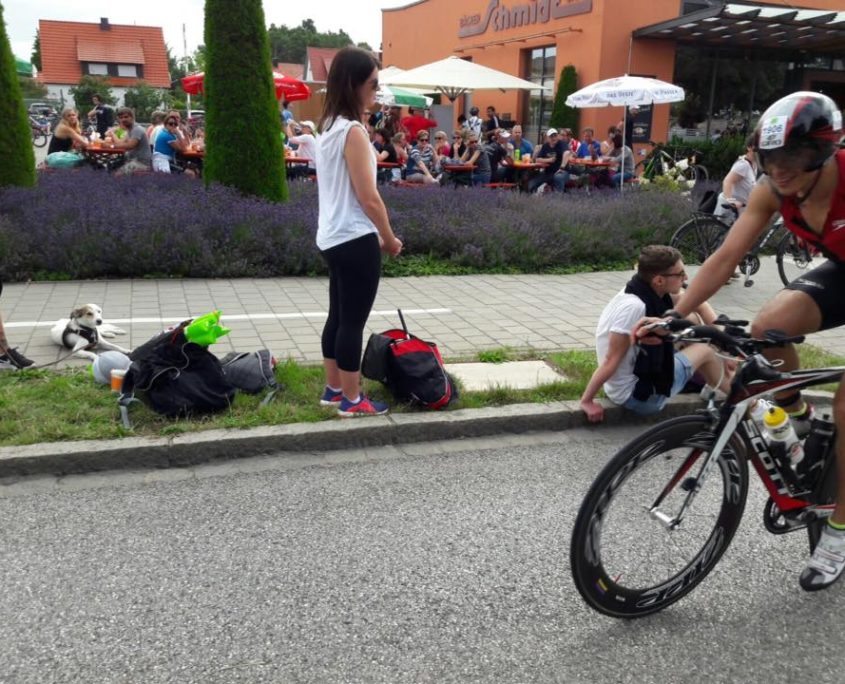

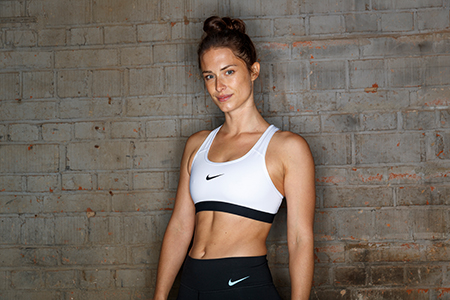 Legt Euch auf den Rücken und stellt die Füße flach auf den Boden. Euer Kind setzt Ihr auf Eure Oberschenkel und haltet es gut fest. Anschließend hebt Ihr Euren Po und Rücken in einer geraden Linie an. Von den Knien abwärts sollten die Oberschenkel, die Hüfte und der Oberkörper (bis zu den Schultern) eine gerade Linie bilden. Dabei ist Körperspannung das A und O. Zur Stärkung von Rücken und Beckenboden ist diese Übung ideal. Zusätzlich werden die Beine und der Po gestärkt.
Legt Euch auf den Rücken und stellt die Füße flach auf den Boden. Euer Kind setzt Ihr auf Eure Oberschenkel und haltet es gut fest. Anschließend hebt Ihr Euren Po und Rücken in einer geraden Linie an. Von den Knien abwärts sollten die Oberschenkel, die Hüfte und der Oberkörper (bis zu den Schultern) eine gerade Linie bilden. Dabei ist Körperspannung das A und O. Zur Stärkung von Rücken und Beckenboden ist diese Übung ideal. Zusätzlich werden die Beine und der Po gestärkt.





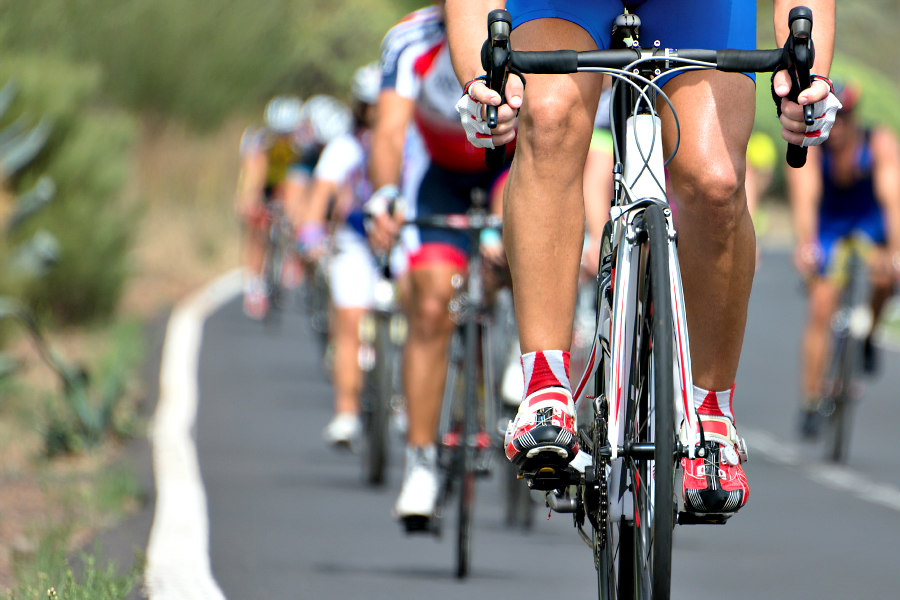
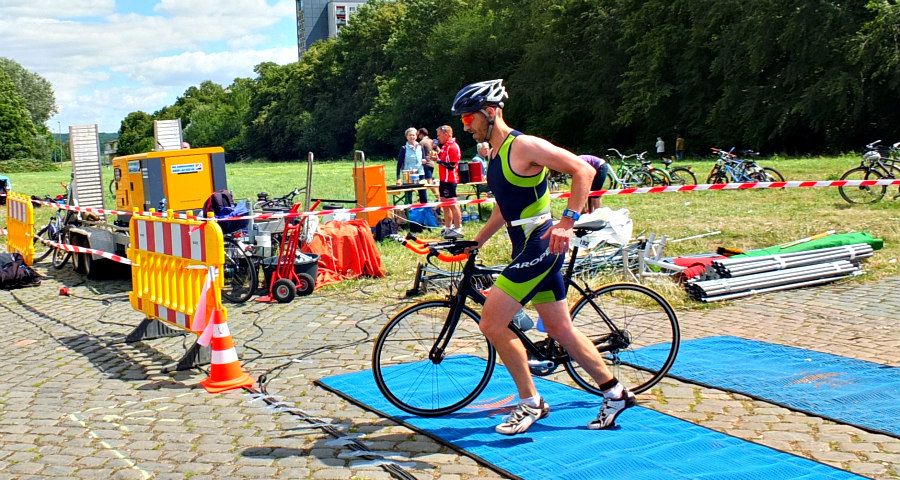
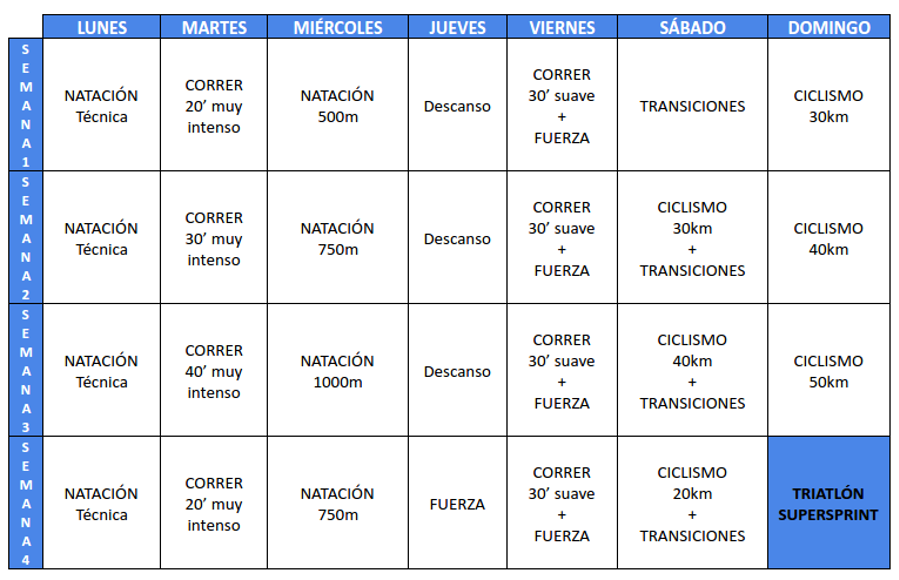
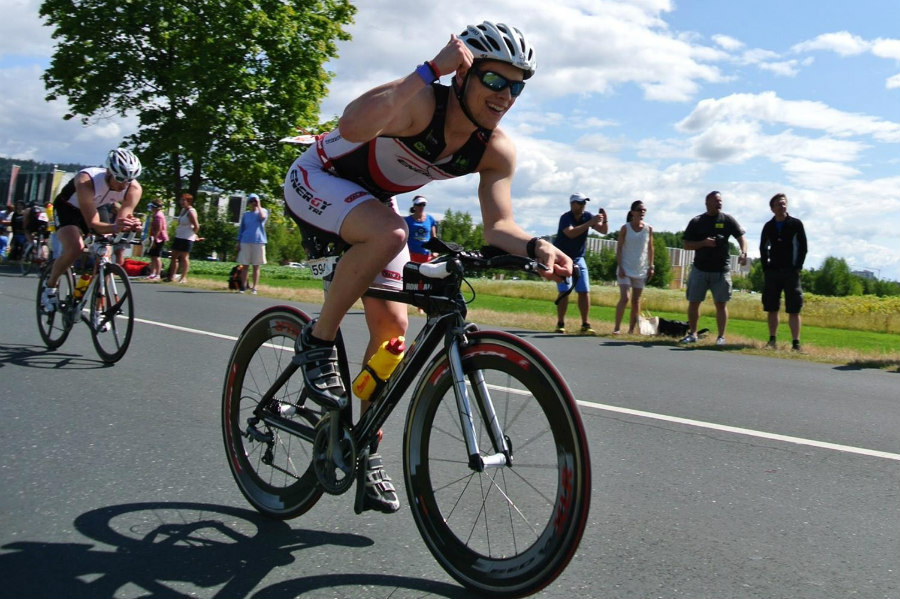
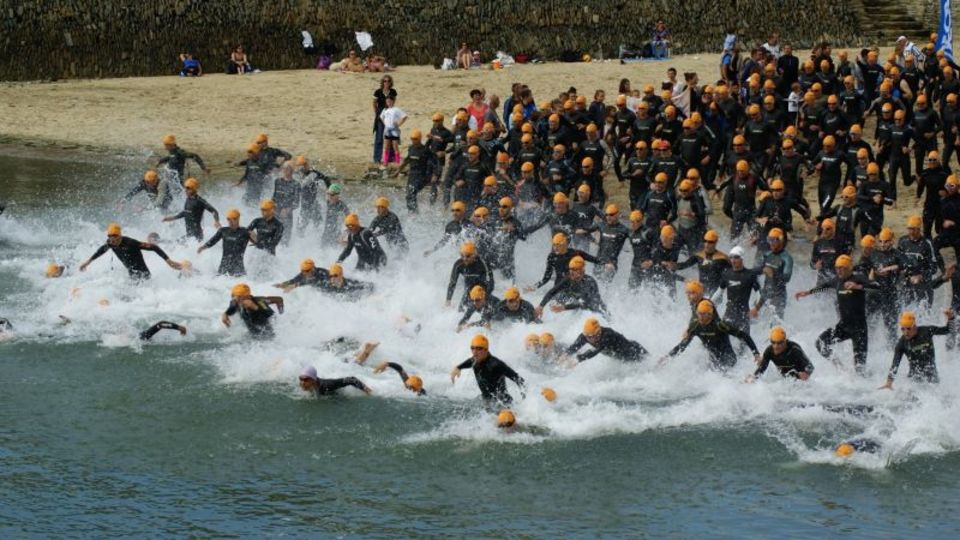
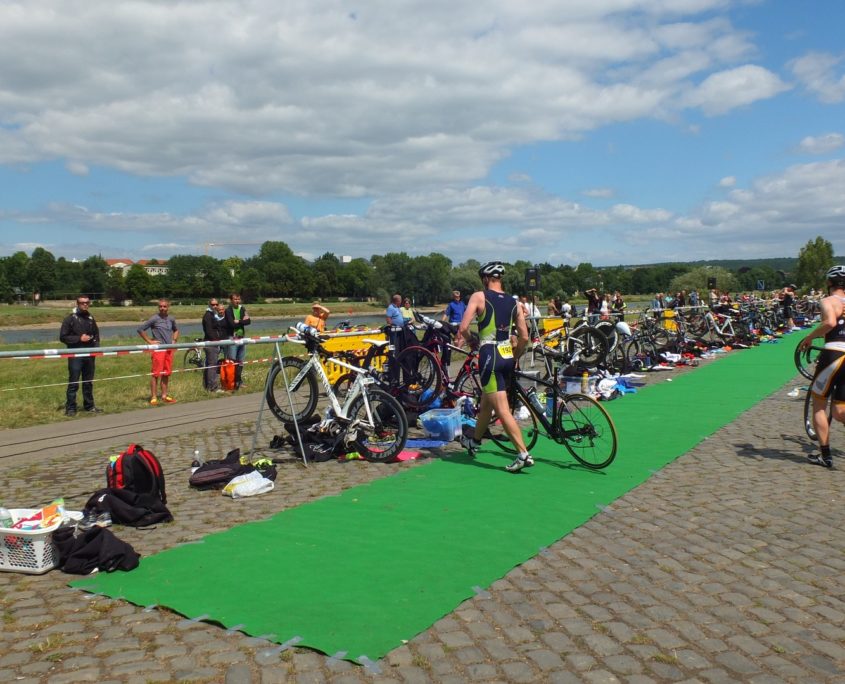







 3. Procurati l’equipaggiamento adatto.
3. Procurati l’equipaggiamento adatto. 

























